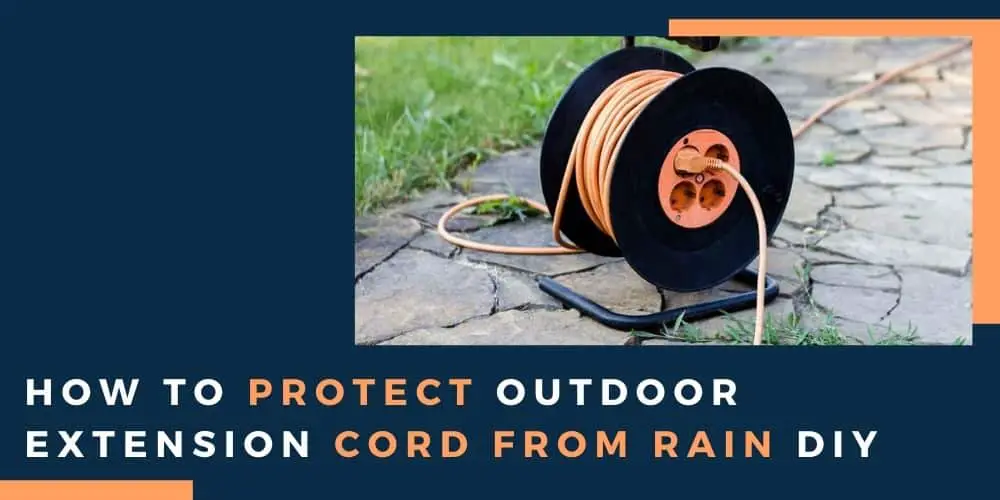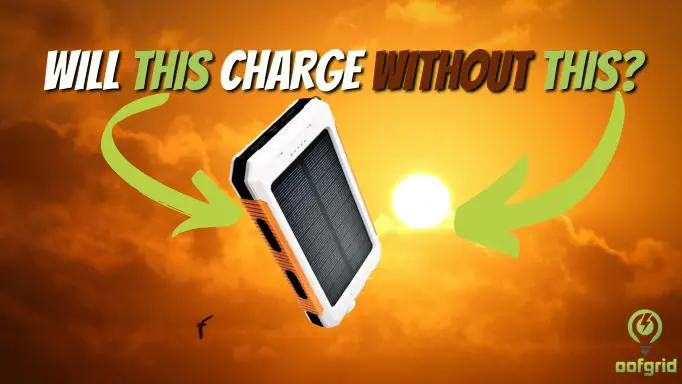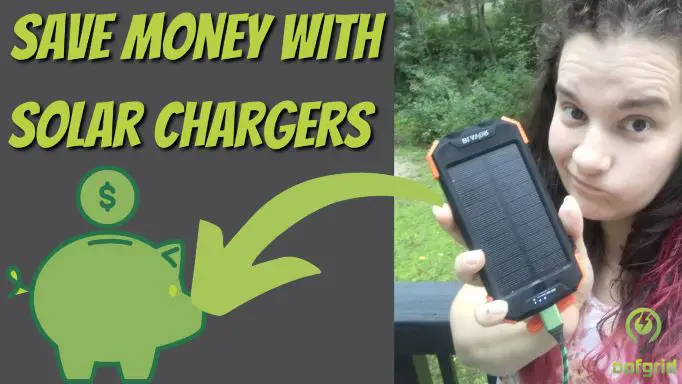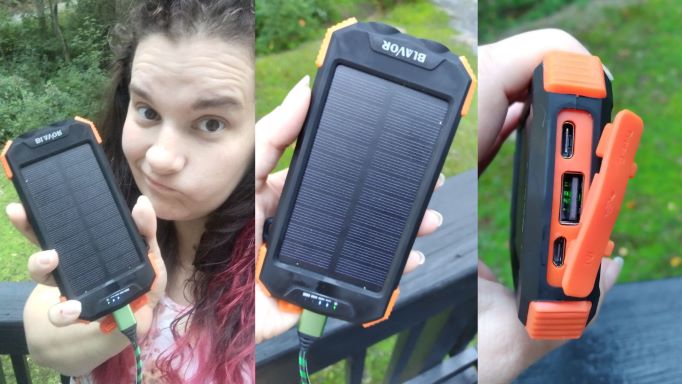There are a number of reasons why you might be interested in taking an extension cord outside your home, such as lighting an outdoor gathering of friends, being able to charge your devices away from the generator, or keeping your mower running to the back of your garden.
No matter why you need an extension cord, it’s important that you keep it dry no matter what. Everyone knows that water and electricity don’t mix – at all.
So, you need to take precautions to keep you and your family safe, as well as the devices or appliances hooked up to the extension cord.
Today we’re going to be looking into how you can protect your outdoor extension cord from the rain.
Contents
What are outdoor extension cords?
Outdoor extension cords are the best way to go when wanting to power devices or appliances outside. Indoor alternatives are often flimsy and lightweight, and certainly not up for getting wet.
Outdoor extension cords are often water-resistant and will fare better with the dew on the grass or in the air.
Outdoor extension cords are more durable and robust than indoor cords. They use thick wire that is coated with thick layers of rubber, vinyl, or plastic.
These can protect the wires from rain and extreme temperatures, but what about the power sockets?
These can be protected with the casing, but this is not often very effective when there are devices plugged into the sockets. Enter our DIY for protecting the sockets.
Remember to always use a circuit breaker with any electrical device especially in the rain!
DIYs to keep your outdoor extension cords dry
We have three DIYs for you to choose from, each using supplies that you can find around the house. If you want a more stable solution, you could purchase more hardy options of the coverings.
For example, instead of using a flimsy plastic tube found around the house, you could find a thicker alternative at a hardware store. The same can be said for a plastic container.

Method one: Plastic containers
The plastic container method is our favorite option on the list. It’s simple, effective, and inexpensive to complete.
All you’ll need is:
- A plastic container large enough to hold the plug sockets.
- A drill.
- Utility knife.
- Waterproof tape.
You can either purchase the plastic container or find it around the house. Make sure that, if you’re using the ones that you’ve found around the house, they are free of holes, cracks, and weak spots.
Take the plastic container and drill holes into the ends. Make sure that the hole is large enough to allow the wire to fit through while not too large that water can seep into the container.
You will need one hole at one end for the extension cord, and you’ll need as many holes at the other end as you need for the devices that are plugged into the sockets.
Use your utility knife to cut from the drilled holes to the top of the plastic container. This is where the wire will slot into the hole. Again, make sure that the cut is not too wide yet not too thin.
Now you can fit the extension cord into the plastic container, careful of sharp edges with the wire. Replace the lid of the container and your DIY cover is all done.
If you’ve accidentally cut the plastic too much, you can use waterproof tape to cover large holes.
Method Two: Plastic bag
The next two methods are not as effective as the plastic container method in our eyes, but they are still viable if you don’t have access to containers.
All you’ll need is:
- A plastic bag.
- Waterproof tape.
Make sure that the bag has no holes or rips. Use a bag that is thick enough to withstand some rough handling so that it doesn’t tear without you knowing.
This method is the simplest and quickest way to protect your outdoor extension cord, and the majority of us will all have a plastic bag somewhere in our houses.
Take your extension sockets and cover them with the plastic bag, with the cord hanging out of the opening.
Create small holes in the other side of the bag for the cords of your devices. Tie the bag around the cord and secure it with waterproof tape.
Method Three: Plastic Tubing
Last but not least, plastic tubing is also a good option for keeping your outdoor extension protected from water.
All you’ll need is:
- A piece of tube long and wide enough to fit your extension sockets.
- Waterproof tape or something to cap the ends off with.
Cover the extension cord with a plastic tube. Use waterproof tape to close the ends of the tube around all of the wires. Try to make the holes for the wires as small as possible to prevent the rain from entering the tube.
Limit your outdoor extension cord usage
There are a few things that you should consider before attempting to protect your outdoor extension cord. While the above DIYs are effective to a certain extent, they are not completely waterproof.
So, you should only use your extension cord when you need to. They are designed to serve as a temporary source of power rather than a constant source of energy.
The longer you use your extension cord outside, the more likely it is that water will enter the protective covering.
Suitable Power Cords
| Image | Title | Price | Prime | Buy |
|---|---|---|---|---|
 | S7 10 Feet Heavy Duty Generator Locking Power Cord | PrimeEligible | More Info on Amazon | |
 | Champion 25-Foot 30-Amp 250-Volt Generator Power Cord | PrimeEligible | More Info on Amazon | |
 | Yodotek 25 Feet Heavy Duty Generator Adaptor Extension Cord | PrimeEligible | More Info on Amazon | |
 | RVGUARD 4 Prong 30 Amp 75 Feet Generator Extension Cord | PrimeEligible | More Info on Amazon | |
 | BougeRV 30 Amp 40 Ft Generator Power Cord | PrimeEligible | More Info on Amazon | |
 | RVGUARD 3 Prong 30 Amp 50 Feet Generator Extension Cord | PrimeEligible | More Info on Amazon | |
 | 50 FEET Heavy Duty Generator Locking power cord | PrimeEligible | More Info on Amazon |
Keep yourself safe
Over anything else, you need to keep yourself and your family safe. Make sure that your extension cord is free of imperfections and damages before use.
After you’ve finished, carefully take the cord out of the protection first, preventing any water from hitting the sockets.
If water does enter the sockets, put them somewhere dry and remove the power source to the extension.
Leave the cord to dry before trying to use it again, because an extension cord with dampness inside of it could pose a threat.
Summary
We hope that you’ve learned something interesting about protecting your outdoor extension cord while using it in unpredictable weather.
You don’t need to spend a lot of money on your protection, and it can be as simple as tying a plastic bag around the sockets.






